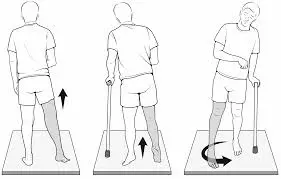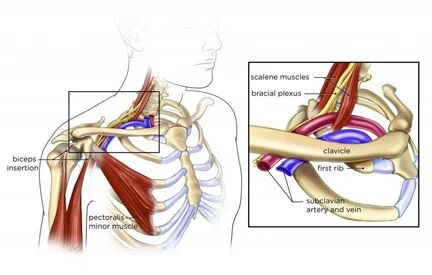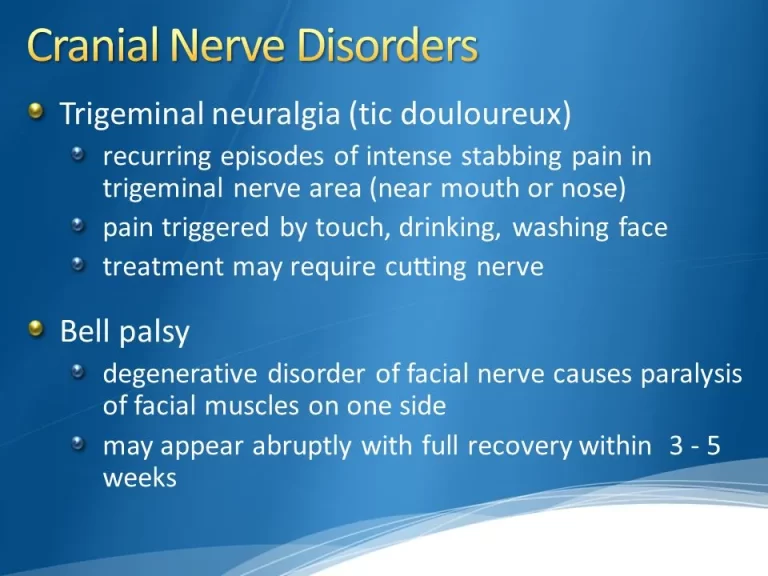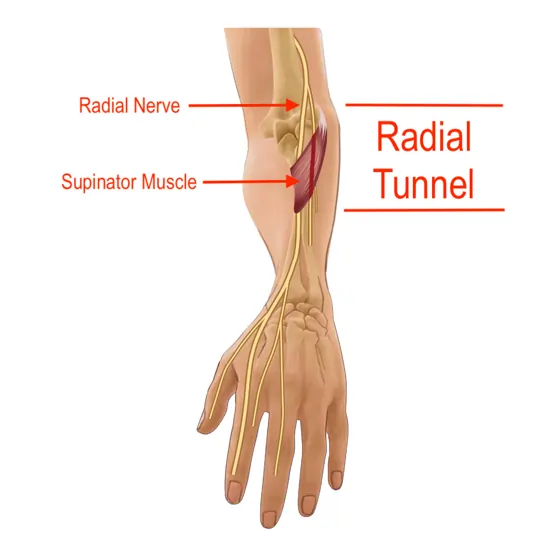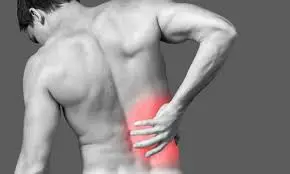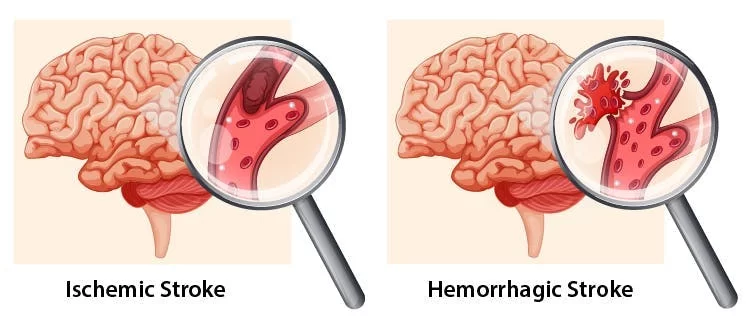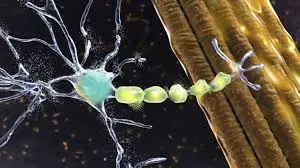Hemiplegic Gait
Introduction
Hemiplegic gait is caused by neurological damage, most commonly caused by a stroke, severe brain damage, or other central nervous system problems. It differentiates itself by a particular movement pattern that affects only one side of the body, presenting mobility and balance issues.
Understanding hemiplegic gait requires an examination of its causes, characteristics, rehabilitation implications, and management techniques. This comprehensive investigation is to provide a detailed assessment of hemiplegic gait, its effect on individuals, and the treatment methods available that can enhance quality of life.
What is Hemiplegia?
- Hemiplegia refers to paralysis or weakness of one side of the body. Though there are various probable underlying reasons, including inheritance, brain injury is the leading cause of hemiplegia.
- Hemiplegia is defined as the paralysis of one side of the body’s lower face, arm, and leg muscles. Along with mobility problems, other cognitive, memory, and sensory deficiencies may develop.
- Because strokes affect the corticospinal connections in one hemisphere of the brain, they are the most prevalent cause of hemiplegia. Hemiplegia can also result from infections, brain tumors, and trauma such as spinal cord injury.
- Because they both result in comparable symptoms, the terms hemiplegia and hemiparesis are sometimes used simultaneously.
- Hemiplegia may occur naturally or develop in a person at birth. Up until the age of two years, the illness is typically diagnosed as congenital hemiplegia if the brain damage happens prior to, during, or shortly after birth. The resulting damage can be termed by doctors as acquired hemiplegia.
- Rebuilding motor function and healing the underlying cause of the condition are two approaches to treating hemiplegia. Hemiparetic limbs can benefit from physical therapy, especially mirror therapy, which can help with motor function.
- The manner and cause of hemiplegia may affect how it is treated. Therapy may not be required in certain situations, but in other individuals, it is imperative to address the underlying cause of the hemiplegia very away.
What is Hemiplegic Gait?
Leg circumduction, as well as restricted hip and knee swing, are features associated with hemiplegic gait. The pelvis is frequently raised upward on the affected side to allow for appropriate circumduction. During ambulation, the leg goes forward before swinging back toward the midline in a circular motion.
A hemiplegic gait is an unusual way to walk that is distinguished by:
- One leg may feel stiff and may drag or swing in a semicircular pattern when the person is walking.
- Leg extension with the foot and toes plantar flexed, the affected side’s leg is extended.
- Walking while holding one arm to the side is a common practice for patients.
- Pelvis tilt to enable circumduction, the affected side’s pelvis may tilt upward.
- Force downward on toes in order to keep the toes from snagging on the ground, they are pressed downward.
People with cerebral palsy (CP) or stroke who have minor weakness or paralysis on one side of their body can exhibit hemiplegic gait. It is caused by spastic reactions in the gluteus maximus, quadriceps, and plantar flexors, as well as weakness in the hip and knee extensors. A hemiplegic gait analysis can be used to determine whether different interventional techniques are necessary.
Causes of the Hemiplegic Gait?
Hemiplagic gait is usually the result of brain injury, most frequently from a stroke. The motor pathways on one side of the body are impacted by this injury, which can result in weakness or paralysis.
The following are a few of the most typical reasons for hemiplegic gait:
- The most frequent cause of hemiplegic gait is stroke. When blood flow to the brain is disrupted, it can happen as a result of bleeding within the brain (hemorrhagic stroke) or an ischemic stroke caused by a blood clot.
- Hemiplagic gait can also be caused by traumatic brain injury (TBI). Accidents, falls, and other types of head trauma can cause this.
- Brain tumors: These tumors have the ability to compress or harm motor circuits, resulting in paralysis or weakening.
- An autoimmune condition known as multiple sclerosis affects the brain and spinal cord as well as the central nervous system. Injuries to the motor pathways may result in hemiplegic gait, among other symptoms.
- Hemiplegic gait can result from brain damage caused by specific infections such as encephalitis or meningitis.
Characteristics of Hemiplegia Gait
One-sided paralysis on either the right or left side of the body is known as hemiplegia, and it can result from diseases and traumas related to the brain or spinal cord. The duration of hemiplegia varies depending on the underlying reason.
- Patients with hemiplegia experience spastic upper limb flexion and lower limb extension.
- Ineffective flexor muscle control during the walking swing phase is the cause of this gait. The gate is called a hemiplegic gate when paired with the extensor muscle rigidity. Normally, these muscles extend the leg that is injured. It also results in an irregular first point of contact at the lateral border or forefoot during stance. The knee is hyperextended in the stance and rigid in the swing.
- A hemiplegic gait compromises normal hip and knee swing as well as leg circumduction. Due to paralysis, weakness, and stiffness, hemiplegia results in an altered range of motion at the joints and decreased motor control.
- The Gluteus maximus, quadriceps, and plantar flexors not only get weaker but also start to react spasmodically to sudden stretching.
- Hemiparesis is seen in eight out of 10 stroke survivors. If your child has it, it may be difficult for them to walk, stand, or maintain their balance. Your child may also feel tingling or numbness on their weaker side.
Diagnosis of Hemiplegia Gait
Hemiplagic gait can frequently be detected using a medical history, neurological examination, and neurological tests.
Medical History
- A healthcare professional will inquire about when the symptoms first appeared, how rapidly they progressed, and if there were any other symptoms, such as sudden weakness, numbness, or difficulty speaking.
- A study of the patient’s medical history will aid in determining any underlying illnesses that may contribute to hemiplagic gait, such as stroke, brain injury, or neurological disorders.
- The doctor may ask about high blood pressure, diabetes, smoking, or other factors that increase the likelihood of stroke.
Neurological Examination
Examining the patient’s muscles, reflexes, feelings, and coordination in detail is part of a neurological examination. The side of the body with the injury will receive special attention from the doctor who treated it.
- Gait analysis: To watch the patient’s gait pattern and spot any anomalies, the medical professional will ask them to walk.
- Posture: The evaluation of the patient’s posture is also necessary because it can reveal information about the root cause of the gait issue.
Other Neurological Investigations
- Imaging testing: Imaging tests, including CT or MRI scans, can assist in determining the precise location and degree of brain injury responsible for the hemiplegic gait.
- Electroencephalogram (EEG): When determining whether seizure activity is the source of the gait issue, an EEG can be helpful.
- Electromyography (EMG): In the event of a nerve disability, an EMG can evaluate muscular electrical discharges.
Treatment for the Hemiplegia Gait
Conservative Treatment
Medication:
- Painkillers can aid in the management of discomfort caused on by spasms or stiffness in the muscles.
- Anti-spasticity medication lessens stiffness in the muscles and might increase movement.
- Antidepressant medication Improving motivation and involvement in rehabilitation can be achieved by treating mood disorders.
- Neuroprotective Agents drugs that, in the event of an acute stroke, may aid in the preservation of brain tissue (e.g., rtPA for ischemic stroke).
- Injections that are specifically intended for target muscles can lessen stiffness and increase range of motion.
Physical Therapy:
- Physical Therapists should concentrate on using specific exercises to enhance strength, balance, and coordination.
Occupational Therapy:
- Occupational therapists support adaptive techniques and everyday living tasks.
Speech and Language Therapists:
- Handle any communication difficulties that may arise from hemiplegia.
Surgical Treatment
- A procedure for surgery that involves excising particular nerves to improve movement patterns by reducing stiffness.
- Surgery could be a possibility to treat musculoskeletal abnormalities brought on by irregular walking patterns.
Physical Therapy for the Hemiplegia Gait
Physical therapists should concentrate on using specific exercises to enhance strength, balance, and coordination.
Strategies for rehabilitation that are effective successfully could be:
- Strength training: aimed at enhancing gait patterns by strengthening that affected side.
- Balance and core muscles exercises: Improving gait necessitates core training and balance. The walking requires full body activation, particularly the coordination of the feet, legs, and core.
- Balance and core training can help you reduce the danger of falling as well as enhance your walking stability. This is particularly crucial while using dirt trails, crosswalks, and parks, where you may come across surfaces that are uneven. Stability and proprioception-enhancing exercises, like one-leg standing or balancing on a board.
- Gait training: Methods to promote appropriate movement patterns, such as employing walkers or ankle-foot orthoses, or training on a treadmill.
- Functional Electrical Stimulation: Results from gait training exercises can be improved by applying electrical stimulation to the impacted muscles, according to research. As each person will have different needs, it is important to work with a physical therapist to determine the best location for the electrode pads and the right settings for the device.
Exercise for the Hemiplegia Gait
The gait training exercises listed below target all of these muscle groups to help you improve your balance and coordination when walking.
Seated Marching
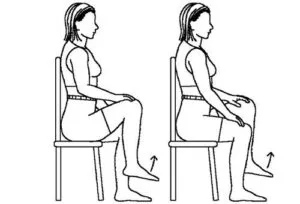
- You can perform this fundamental gait training practice while seated in any position.
- Raise the ill leg up into your chest and then return it to the base’s surface.
- Later on, switch back and forth while performing on the other leg. Perform 20 to 30 repetitions in total.
- Hold your back straight and your movements regulated. Take a brief break at the top to introduce some challenges.
- Even more realistic arm and leg swings that mimic stationary walking on a chair can be added.
The Flamingo Stands
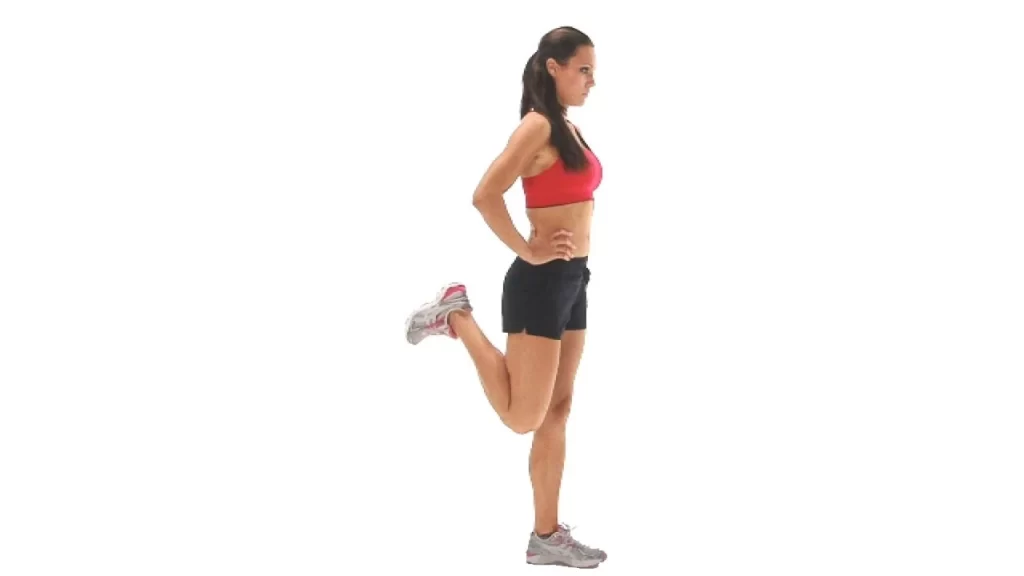
- For this fundamental gait training exercise, adopt a flamingo position. In other words, try standing on one leg for thirty seconds or so, and then move to the other foot.
- A slight shaking is normal. Putting your balance to the test is the greatest way to get better at it, but make sure you’re in a secure spot with a chair, bed, or wall right behind you in case you lose your equilibrium. For support and safety, cling to a table, chair, or counter.
- When you’re up for a challenge, work your way up from supporting yourself with two hands to one hand, fingertips, and finally your ability to maintain your balance without holding against anything.
The knee Extension
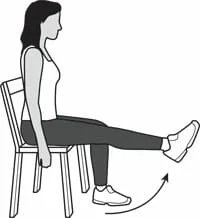
- Knee extensions enhance the growth of the quadriceps muscle and increase leg mobility, making them a vital exercise for gait training.
- You should begin this workout by sitting down. Compress your thigh muscles at the top as you stretch your leg out in front of you, horizontally to the ground. Finally, cautiously bring your foot to the surface of the floor. Proceed with caution to bring your foot back to the base after that.
- Alternate back and forth between your right and left leg while keeping your posture (this demands core stability). Ten repetitions should be made.
Leg raises on the sides
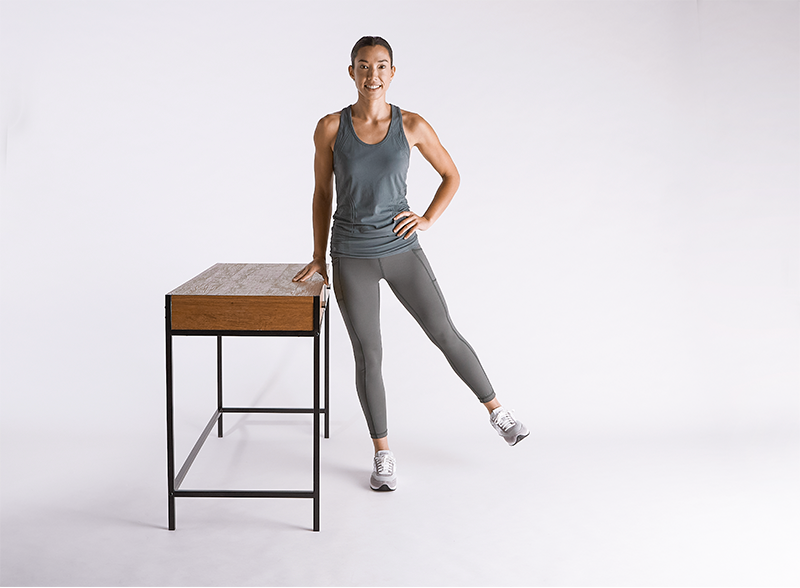
- You should begin this gait training practice standing up. Next, stretch your leg as far to the side as possible, probably 45 degrees. After a short while, hold it there and lower your foot once more.
- It’s important to maintain a stable core rather than a weakened trunk. The only moving part should be your leg. After 15 repetitions, swap sides.
Balance and core exercise
Toe Taps
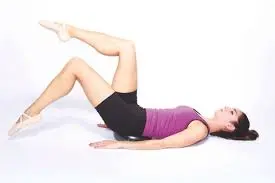
- This exercise for gait training works every muscle in your core. With both legs bent at a ninety-degree angle, lie on your back. Try using your abdominal muscles to flatten your lower back against the ground.
- Make sure you’re still able to breathe. Your core must be properly engaged, and your shins must be equal to the base.
- After that, bring your left foot back up to the beginning position by lowering it gradually to tap the floor.
- For a total of 20 repetitions, switch between the legs and repeat on the other leg. During the exercise, maintain a neutral, flat spine while on the ground.
Knee to Chest
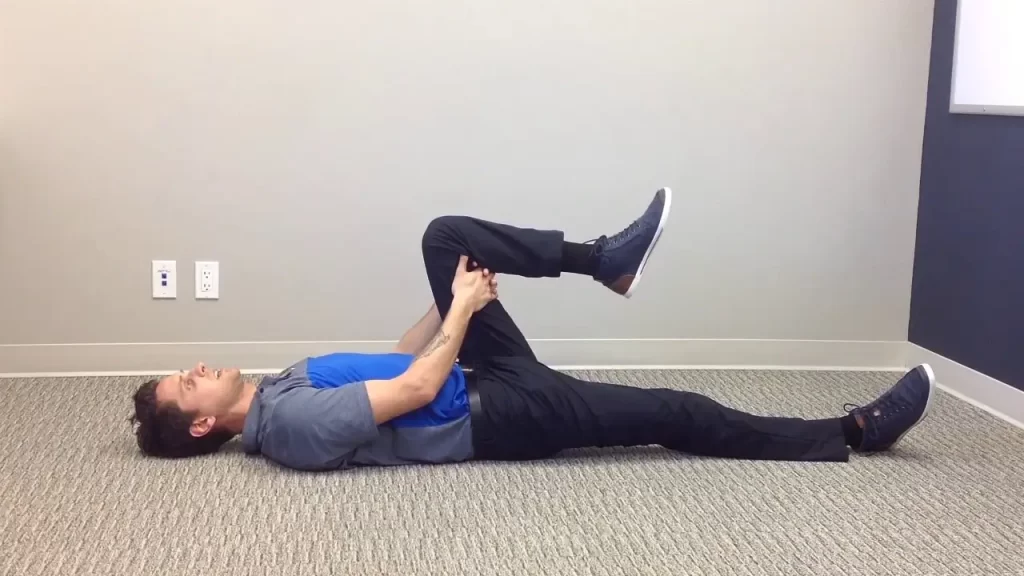
- To begin this gait training practice, lie comfortably on your back. While the other leg remains straight and rests on the floor, pull one knee up and tuck it into your chest.
- After holding for three to five seconds, switch legs ten times through.
- Try not to perform this action by using your leg muscles. Pay particular attention to activating and strengthening your core.
Ankle Dorsiflexion
- This gait training practice can assist in alleviating issues such as post-stroke foot drop by focusing on your feet.
- Starting in a seated position, cross your injured leg over your other leg to begin. Subsequently, use your unaffected hand to raise your foot up closer to your knee in dorsiflexion.
- Next, extend your foot back down to enter plantar flexion. Try doing these exercises without using your hands for an extra challenge. That would change this from being a passive exercise to an active one.
- Try to complete 20 cycles in total.
Assisted Toe raises
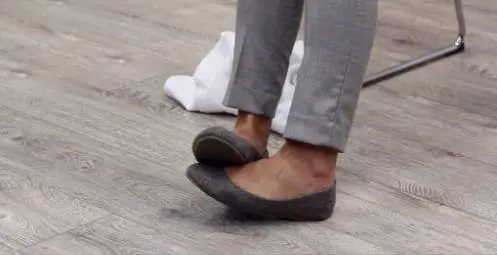
- If you suffer from foot drop, this gait training practice may be challenging for you. But retraining the brain to deliver the right signals to your foot, it can assist improve foot drop.
- Take a seat in the beginning. Afterward, tuck your unaffected foot beneath your affected foot. Afterward, elevate the affected foot using your footwear.
- Next, let go once again. When you can accomplish these on your own again, try some physical exercise for an extra challenge. Make 15 repetitions in total.
Heel raises
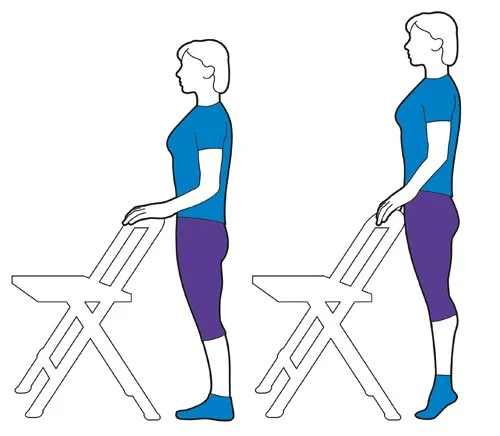
- This is an exercise for advanced gait training. With your feet flat on the floor, take a seat. Next, raise your heels off the ground and point your toes. After that, put your feet back down flat on the ground and continue. Your calf muscles should be able to sense this.
- Try repeating this same exercise while standing to up the difficulty. Perform 15 reps while maintaining the same amount of weight on each foot.
Summary
Hemiplegic gait represents particular difficulties that affect mobility and general well-being. For those with hemiplegic gait, a comprehensive strategy that combines pharmaceutical, surgical, and rehabilitative techniques can greatly enhance functional outcomes and quality of life. Individuals with hemiplegia can improve their everyday functioning and restore their independence by implementing a thorough, multidisciplinary strategy.
FAQs
What is Hemiplagic Gait?
Hemiplegic gait is caused by neurological damage, most commonly caused by a stroke, severe brain injury, or other central nervous system problems. It is distinguished by a particular movement pattern that affects only one side of the body, posing mobility and balance issues.
What results in a hemiplegic gait pattern?
Hemiplegic gait is frequently connected with neurological diseases such as cerebral palsy or stroke-related complications.
What is the term used to describe a hemiplegic gait?
Hemiplegic gait, often known as spastic gait: Walking with one stiff leg is a sign of a spastic gait.
What differentiates hemiplegic gait from hemiparesis?
Though the words are sometimes used interchangeably, hemiplegia denotes complete paralysis on either side of the body and partial paralysis on either side in medical terminology. Spastic hemiplegia is the most common neurological cause of an irregular gait.
In a hemiplegic gait, which muscles are weak?
There is some weakening in the quadriceps muscle and the hip extensors (gluteus maximum). In addition to weakness, there are spastic reactions to rapid stretching in the quadriceps, plantar flexors, and Gluteus maximus muscles. As a result, during the mid-stance phase, there is excessive hip and knee flexion.
References:
- Medical City Children’s Orthopedics & Spine Specialists. (2023, November 13). Hemiplegic Gait | Dr. Offices in Arlington Dallas Frisco & McKinney. https://medicalcitykidsortho.com/hemiplegic-gait/
- Hemiplegic gait – Neurosigns. (n.d.). https://neurosigns.org/wiki/Hemiplegic_gait
- Whittle, M. (1978). Gait assessment in cerebral palsy. In Elsevier eBooks (pp. 195–218). https://doi.org/10.1016/b978-075068883-3.50011-8
- Swaiman, K. F., & Phillips, J. (2017). Muscular Tone and Gait Disturbances. In Elsevier eBooks (pp. 27–32). https://doi.org/10.1016/b978-0-323-37101-8.00005-9
- Cscs, A. T. P. D. N. (2022b, December 30). Gait Training Exercises for Stroke Patients: How to Improve Your Walk. Flint Rehab. https://www.flintrehab.com/gait-training-exercises/

